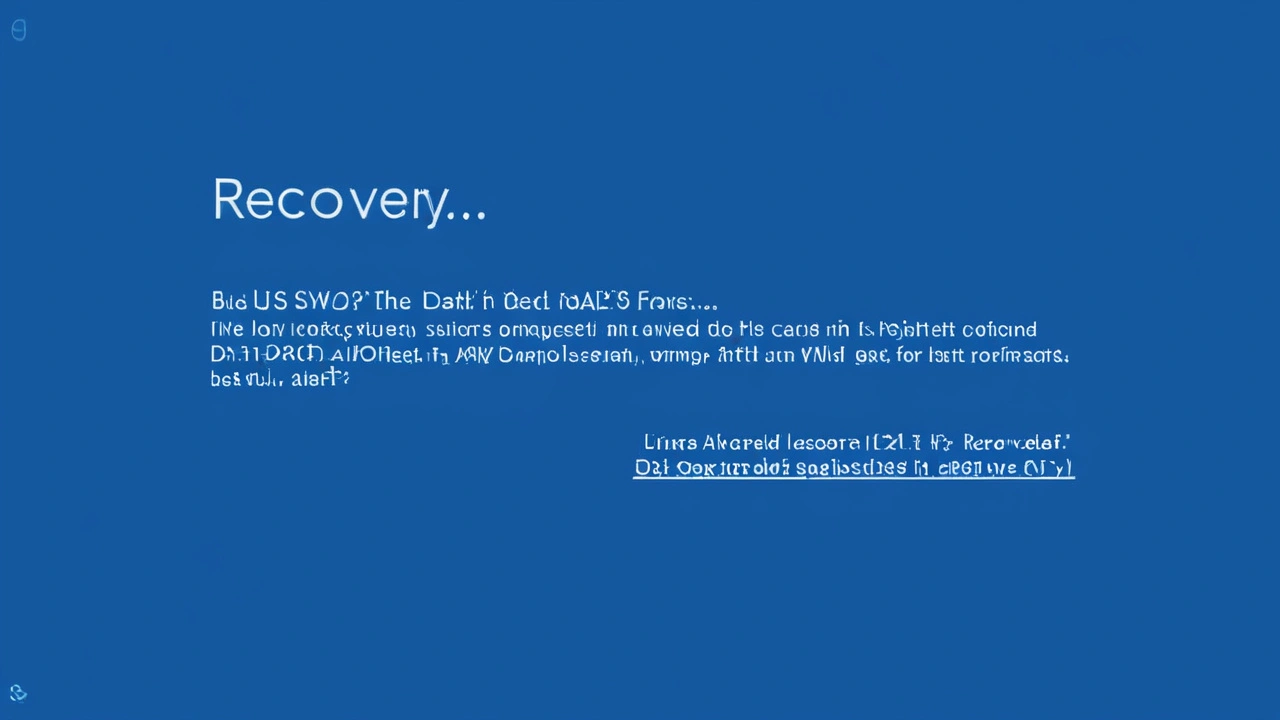Cybersecurity Failure: Real‑World Lessons & Quick Protection Tips
If you think cyber attacks only hit big corporations, think again. Everyday apps, local businesses, even sports clubs can stumble into a data nightmare. The result? Lost trust, legal trouble, and a lot of angry users. Let’s break down what usually goes wrong and how you can dodge the same fate.
Common Causes of Cybersecurity Failures
First up, weak passwords. It sounds simple, but many services still allow "123456" or "password" as login keys. Hackers use automated tools to try thousands of combos in seconds. Next, unpatched software. When a vendor releases a security update, it’s because a vulnerability was discovered. Ignoring that patch leaves an open door for attackers.
Another big factor is data‑sharing practices that ignore privacy laws. A clear example is the Truecaller case in South Africa. Regulators said the app might breach POPIA by forcing businesses to pay to avoid spam labels – a move many saw as exploiting user data for profit. That kind of “pay‑to‑whitelist” scheme not only hurts consumers but also lands companies in hot water.
Finally, human error still tops the list. Employees clicking on phishing emails or misconfiguring cloud storage can expose massive amounts of data overnight. Even the best firewalls won’t stop a user from willingly handing over credentials.
Simple Steps to Guard Your Data
Now that you know the usual suspects, here’s what you can do right now. Start with a password manager – it creates strong, unique passwords for every account and stores them safely. Enable two‑factor authentication wherever possible; a text code or an authenticator app adds a second lock.
Keep your software up to date. Set devices to install updates automatically, especially browsers, operating systems, and any business tools you rely on. When a new version rolls out, don’t delay.
If you run a website or an app, review the data you collect. Ask yourself if each piece of information is really needed. Remove anything extra and make sure you have clear consent from users. This not only builds trust but also reduces risk under laws like POPIA and GDPR.
Train your team regularly. Short, real‑world phishing simulations help staff spot fake emails before they click. Encourage a culture where anyone can report suspicious activity without fear.
Finally, back up critical data daily and store copies offline or in a separate cloud region. If ransomware hits, you’ll have clean files to restore instead of paying a ransom.
Cybersecurity failures are often avoidable – they usually stem from simple oversights. By tightening passwords, updating software, limiting data collection, and keeping people educated, you lower the odds of becoming the next headline. Stay alert, stay updated, and protect what matters.

Global Outage Cripples Banks, Airlines, and Broadcasters Due to Windows BSOD Issue
Jul 19, 2024, Posted by Ra'eesa Moosa
A global outage has hit thousands of Windows machines due to a faulty update from cybersecurity provider CrowdStrike. The update caused a Blue Screen of Death (BSOD) issue at boot, impacting banks, airlines, TV networks, and supermarkets worldwide. While CrowdStrike has remedied the issue, devices already affected remain in a recovery boot loop.
MORE